| 1 |
CSSEGISandData |
3453 |
23292 |
United States |
novel coronavirus (covid-19) cases, provided by jhu csse |
engineering, jhu, coronavirus, 2019-ncov, johns-hopkins-university, covid-19, systems-science, csse |
| 2 |
covid19india |
1428 |
4399 |
India |
tracking the impact of covid-19 in india |
analytics, covid19-india, tracker, visualization, covid19, covid-19 |
| 3 |
phildini |
1116 |
466 |
United States |
a list of all the companies wfh or events changed because of covid-19 |
remote-work, static-site, covid19, covid-19 |
| 4 |
corona-warn-app |
768 |
1720 |
Germany |
native android app using the apple/google exposure notification api. |
None |
| 5 |
pcm-dpc |
678 |
3361 |
Italy |
covid-19 italia - monitoraggio situazione |
gov, dpc, pcm, covid-19 |
| 6 |
tokyo-metropolitan-gov |
655 |
5756 |
Japan |
東京都 新型コロナウイルス感染症対策サイト / tokyo covid-19 task force website |
covid-19 |
| 7 |
corona-warn-app |
548 |
1240 |
Germany |
native ios app using the exposure notification framework from apple. |
None |
| 8 |
nytimes |
470 |
5220 |
United States |
an ongoing repository of data on coronavirus cases and deaths in the u.s. |
covid-19 |
| 9 |
disease-sh |
417 |
1999 |
|
api for current cases and more stuff about covid-19 and influenza |
postman, api, influenza, discord, disease, discord-server, cdc, redis, covid, corona, covid19 |
| 10 |
corona-warn-app |
368 |
3266 |
Germany |
project overview, general documentation, and white papers. |
None |
| 11 |
COVID19Tracking |
336 |
33 |
|
repo for issues and administration |
None |
| 12 |
covid19india |
308 |
467 |
India |
our database |
csv, actions, database, json, covid, india, covid19 |
| 13 |
WorldHealthOrganization |
303 |
1882 |
Switzerland |
covid-19 app |
coronavirus, firebase, epidemiology, flutter, covid-19, appengine-java, dart |
| 14 |
soroushchehresa |
240 |
1230 |
Iran |
🦠 huge collection of useful projects and resources for covid-19 (2019 novel coronavirus) |
awesome-coronavirus, covid-19, awesome, covid19-data, awesome-corona, epidemiology, coronavirus-info, coronavirus, corona, covid19, 2019-ncov-data, 2019-ncov, awesome-list, sars-cov-2, 2019ncov |
| 15 |
Path-Check |
223 |
453 |
|
covid safe paths (based on private kit) is an open and privacy preserving system to use personal information to battle covid |
None |
| 16 |
pomber |
219 |
1079 |
Argentina |
json time-series of coronavirus cases (confirmed, deaths and recovered) per country - updated daily |
api, covid-19, coronavirus, json, data, 2019-ncov, time-series, dataset |
| 17 |
neherlab |
206 |
1296 |
Switzerland |
models of covid-19 outbreak trajectories and hospital demand |
outbreak, model, hospital, covid-19, open-source, opensource, coronavirus, population, simulation, neherlab, sars-cov-2, ncov, research, ventilator, science, modelling, covid, data |
| 18 |
covidatlas |
203 |
357 |
|
covid-19 coronavirus data scraped from government and curated data sources. |
scraping, coronavirus, covid-19 |
| 19 |
ExpDev07 |
195 |
1404 |
Norway |
🦠 a simple and fast (< 200ms) api for tracking the global coronavirus (covid-19, sars-cov-2) outbreak. it's written in python using the 🔥 fastapi framework. supports multiple sources! |
coronavirus-tracker, fastapi, ncov, json-api, python3, covid19, api, rest-api, pipenv, heroku, pip, python, coronavirus, deaths, webapp, covid-19, coronavirus-real-time, recoveries |
| 20 |
LAB-MI |
184 |
533 |
|
service de génération de l'attestation de déplacement dérogatoire à présenter dans le cadre du confinement lié au virus covid-19 |
None |
| 21 |
immuni-app |
180 |
827 |
Italy |
official repository for the android version of the immuni application |
kotlin, mobile, mobile-app, covid19, android |
| 22 |
Covid-19Radar |
180 |
1601 |
|
open source / internationalization/ ios android cross platform contact tracing app by exposure notification framework xamarin app and server side code |
visual-studio, azure-cosmos, azure-devops, coronavirus, client-xamarin, ios-ibeacon, adobe-xd, exposure-notification, azure-functions, coronavirus-tracker, covid, bluetooth-low-energy, csharp, coronavirus-tracking, azure, covid-19 |
| 23 |
mathdroid |
175 |
1066 |
Indonesia |
covid-19 global data (from jhu csse for now) as-a-service |
None |
| 24 |
MohGovIL |
175 |
483 |
Israel |
israel's ministry of health's covid-19 exposure prevention app |
covid-19, coronavirus |
| 25 |
aatishb |
159 |
281 |
|
tracking the growth of covid-19 cases worldwide |
vue, dataviz, plotly, covidtrends, covid, covid-19 |
| 26 |
COVID19Tracking |
156 |
418 |
|
the covid tracking project website |
None |
| 27 |
mrc-ide |
155 |
1127 |
United Kingdom |
this is the covid-19 covidsim microsimulation model developed by the mrc centre for global infectious disease analysis hosted at imperial college, london. |
None |
| 28 |
corona-warn-app |
152 |
18 |
|
central repository to collect community feature requests and improvements |
None |
| 29 |
BlankerL |
147 |
1684 |
Hong Kong |
2019新型冠状病毒疫情实时爬虫及api | covid-19/2019-ncov realtime infection crawler and api |
crawler, 2019-ncov, realtime-api |
| 30 |
nychealth |
145 |
648 |
United States |
None |
None |
| 31 |
corona-warn-app |
140 |
1551 |
|
backend implementation for the apple/google exposure notification api. |
None |
| 32 |
turicas |
137 |
435 |
Brazil |
dados diários mais recentes do coronavírus por município brasileiro |
None |
| 33 |
someshkar |
136 |
1028 |
India |
:microscope: covid19 india cluster graph |
coronavirus-tracking, covid19-cluster, covid19india, covid19-tracker, coronavirus, covid19-graph, covid19-india, covid19 |
| 34 |
alexgand |
132 |
1603 |
|
python script to download all springer books released for free during the 2020 covid-19 quarantine |
None |
| 35 |
ahertel |
126 |
1047 |
|
a mac tool that finds available delivery slots for amazon's whole foods delivery and amazon fresh services |
scpt, notification, grocery-delivery, foods-delivery, amazon-fresh-services, coronavirus, delivery-slots, automation, amazon, script, mac, apple, applescript, delivery-window-finder, amazon-fresh, wholefoods, whole-foods |
| 36 |
dsfsi |
125 |
170 |
South Africa |
coronavirus covid-19 (2019-ncov) data repository and dashboard for south africa |
covid-data, data-science, covid19-data, south-africa, dataset, covid19, nicd, coronavirus, covid-19, dashboard, doi |
| 37 |
openZH |
124 |
328 |
Switzerland |
covid19 case numbers cantons of switzerland and principality of liechtenstein (fl). the data is updated at best once a day (times of collection and update may vary). start with the readme. |
None |
| 38 |
JohnSundell |
118 |
184 |
Poland |
a two-week effort to help support indie developers shipping apps on apple's platforms who have been financially impacted by the covid-19 pandemic. |
None |
| 39 |
emergenzeHack |
117 |
74 |
Italy |
condividiamo informazioni e segnalazioni sul covid19 |
civic-hacking, covid19, open-data, coronavirus, covid19-data, covid-19, covid-19-italy, civic-tech, opendata, covid-data |
| 40 |
github |
113 |
1022 |
United States |
a site that displays up to date covid-19 stats, powered by fastpages. |
data-science, covid19, analytics, data-visualisation, fastai, python, altair, pymc3, matplotlib, covid-19, fastpages, github-pages, papermill, jupyter, github-actions, nteract, covid-data |
| 41 |
opencovid19-fr |
112 |
250 |
France |
consolidation des données de sources officielles concernant l'épidémie de covid19 |
coronavirus, covid, covid-19, covid19-france |
| 42 |
ahmadawais |
111 |
1538 |
Canada |
🦠 track the coronavirus disease (covid-19) in the command line. worldwide for all countries, for one country, and the us states. fast response time (< 100ms). https://nodecli.com |
coronavirus-real-time, corona, visualization, covid-19, coronavirus-analysis, coronavirus-info, coronavirus-tracking, coronavirus |
| 43 |
MinCiencia |
108 |
207 |
|
en formato estándar |
None |
| 44 |
DP-3T |
104 |
182 |
|
this is a covid-19 tracing client using the dp3t android sdk. |
None |
| 45 |
corona-warn-app |
102 |
416 |
|
corona-warn-app website |
None |
| 46 |
nhsx |
102 |
797 |
United Kingdom |
source code of the beta of the nhs covid-19 android app |
None |
| 47 |
COVID-universities |
101 |
19 |
|
open letter to university leaders |
None |
| 48 |
google |
99 |
1626 |
|
exposure notification reference server | covid-19 exposure notifications |
None |
| 49 |
mhdhejazi |
99 |
1203 |
|
coronavirus tracker app for ios & macos with maps & charts |
ios, coronavirus-tracking, swift, coronavirus, covid-19, coronavirus-tracker, macos-app, ios-app |
| 50 |
owid |
98 |
912 |
|
data on covid-19 (coronavirus) confirmed cases, deaths, and tests • all countries • updated daily by our world in data |
2019-ncov, covid-19, covid, coronavirus |

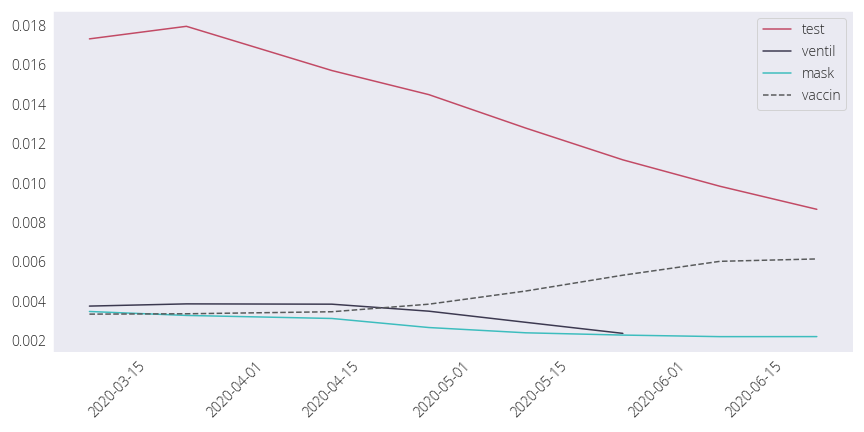
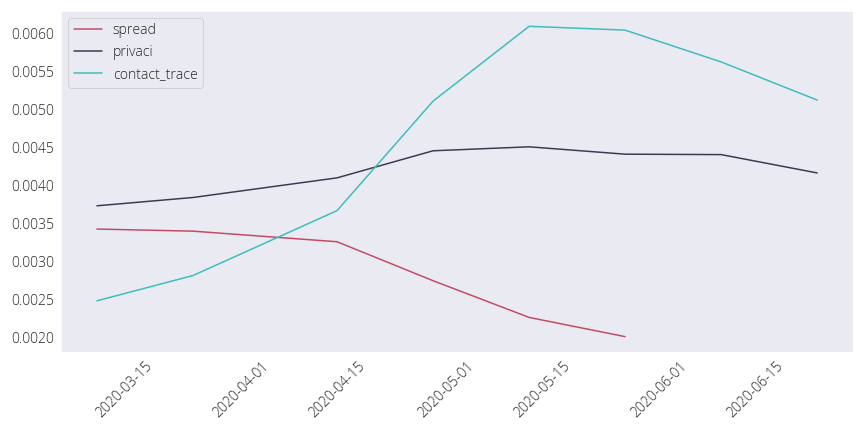
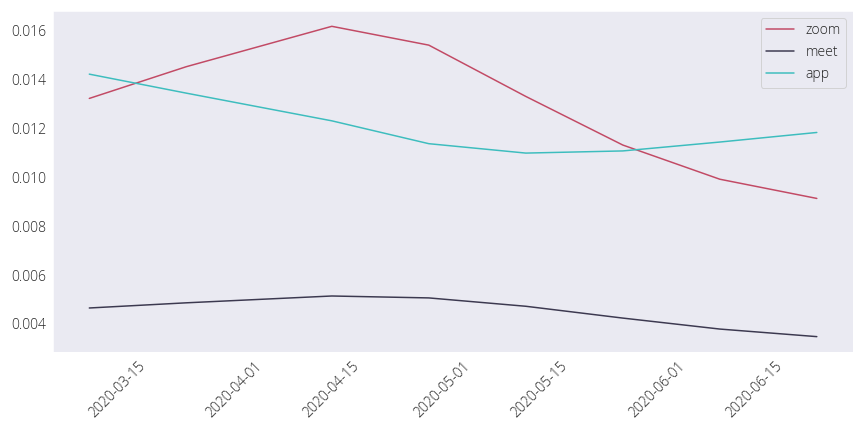
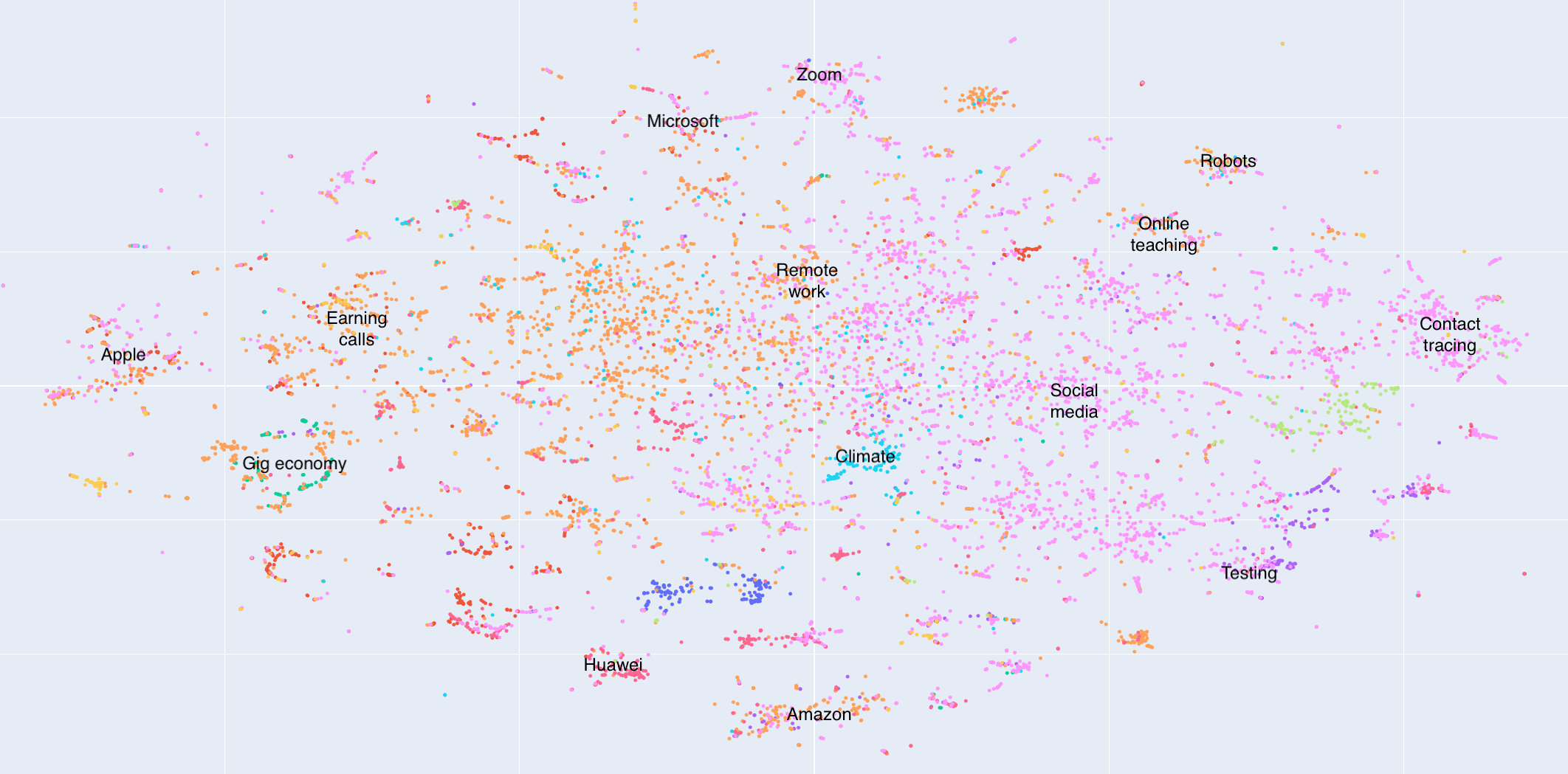
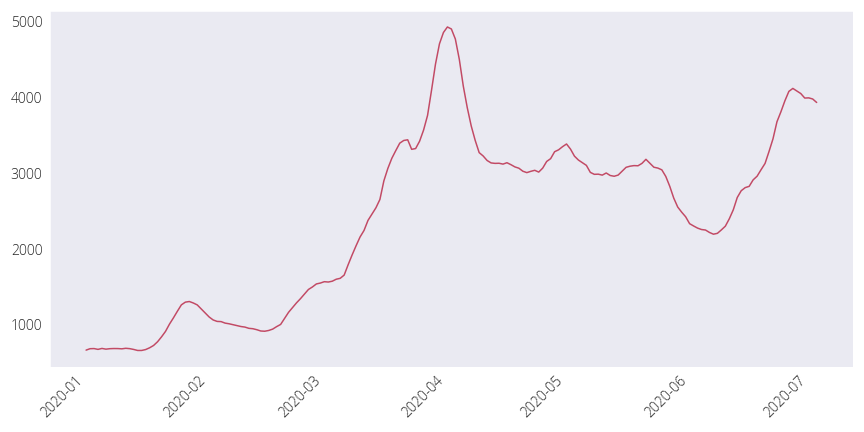
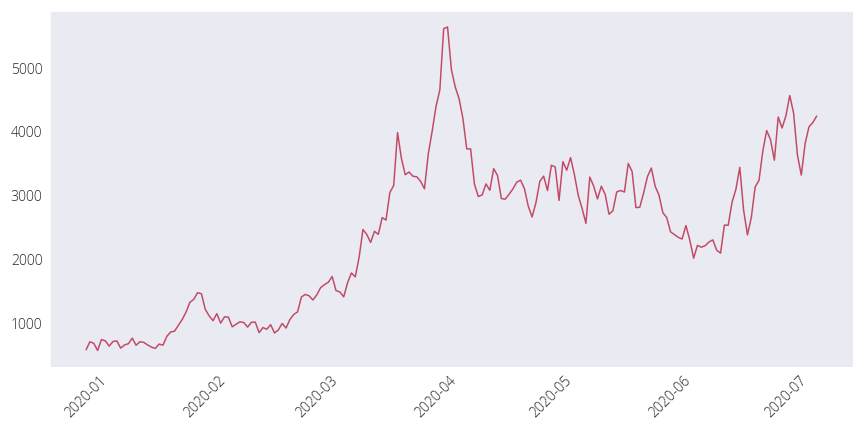
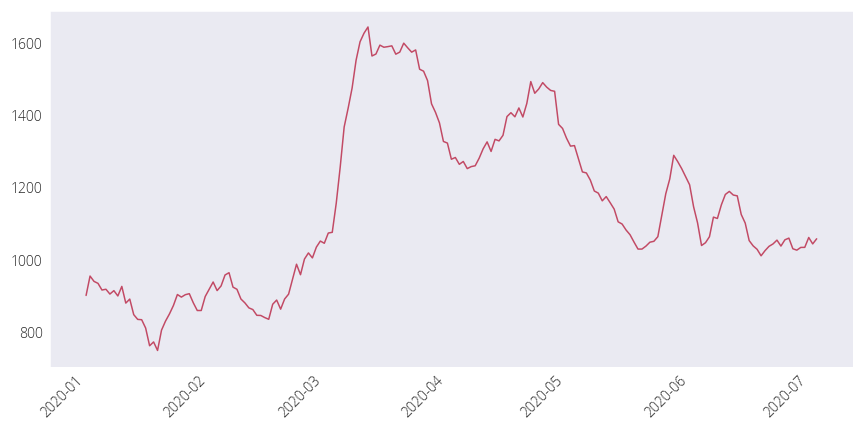
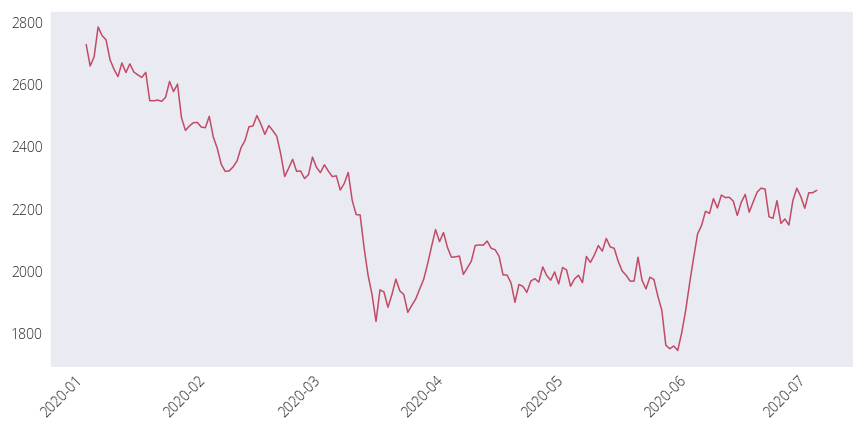
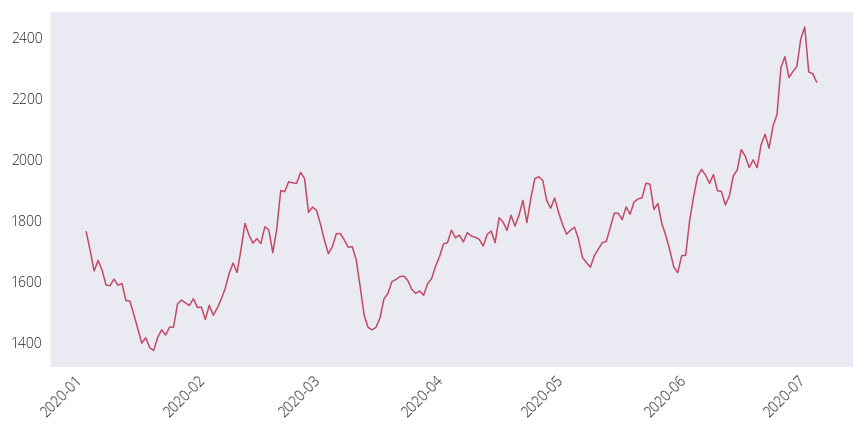
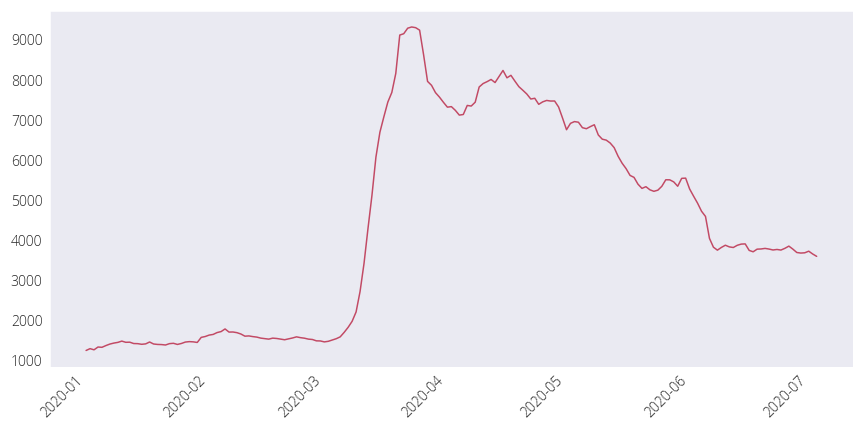
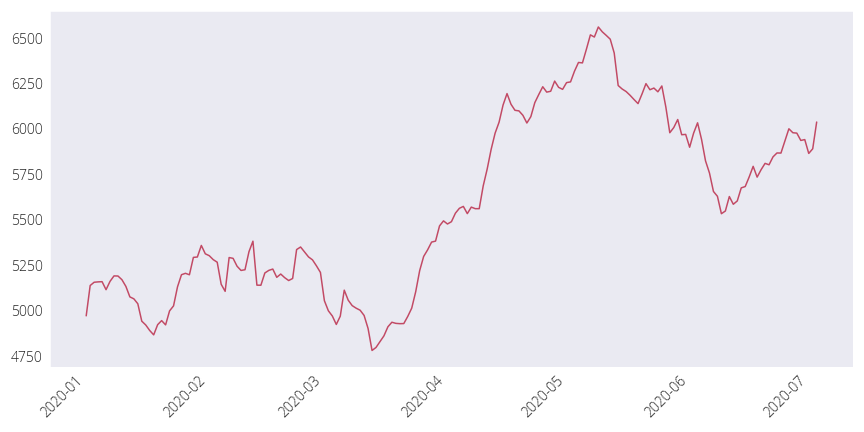
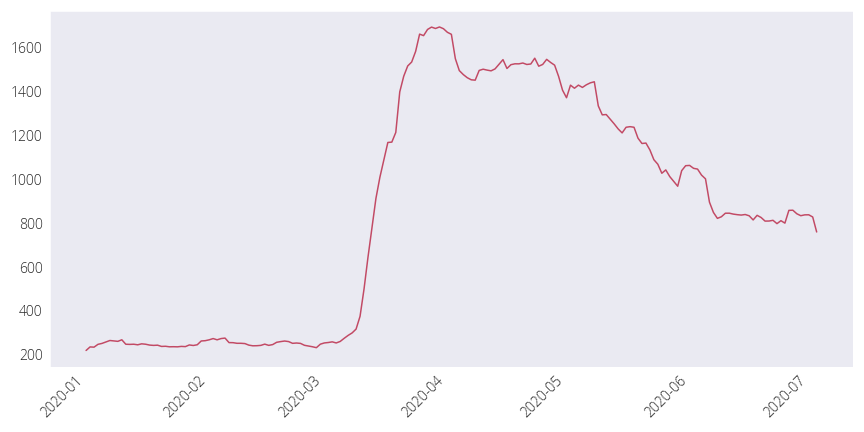
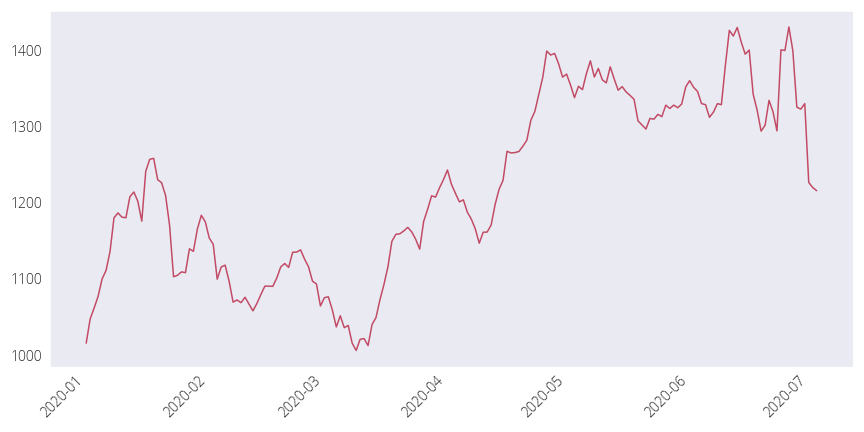
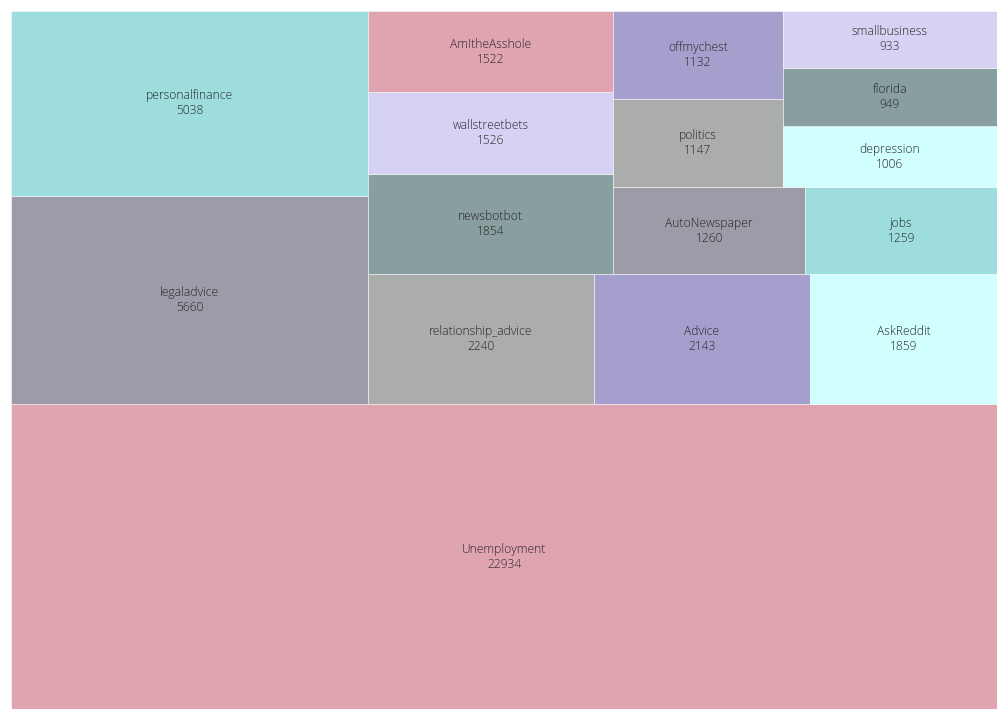
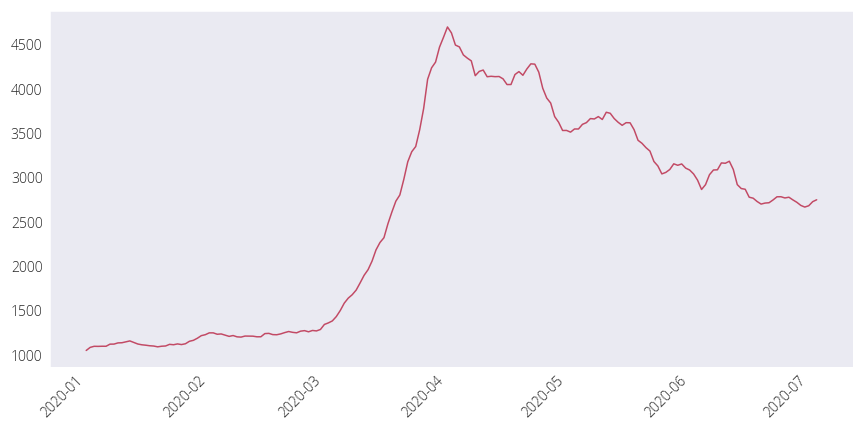
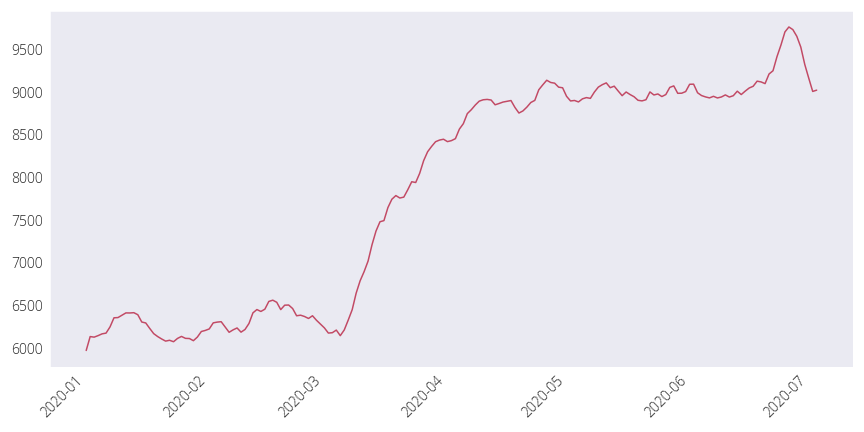
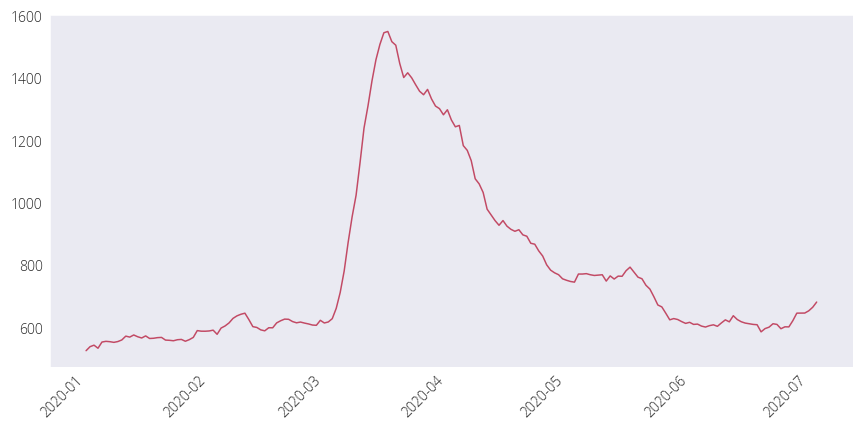
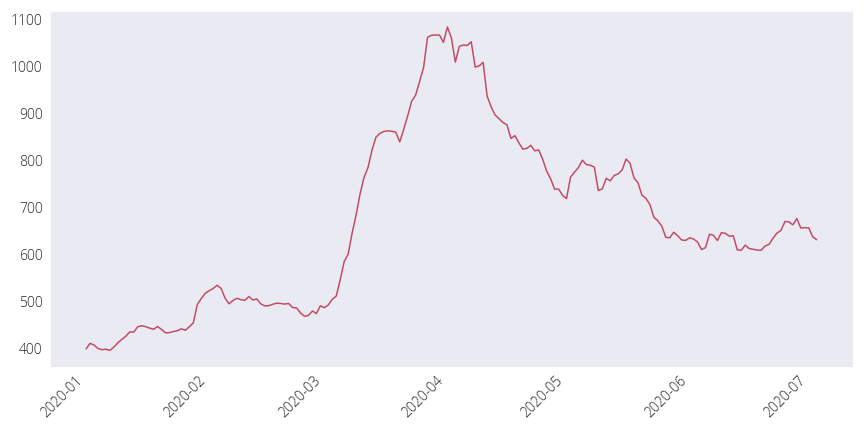
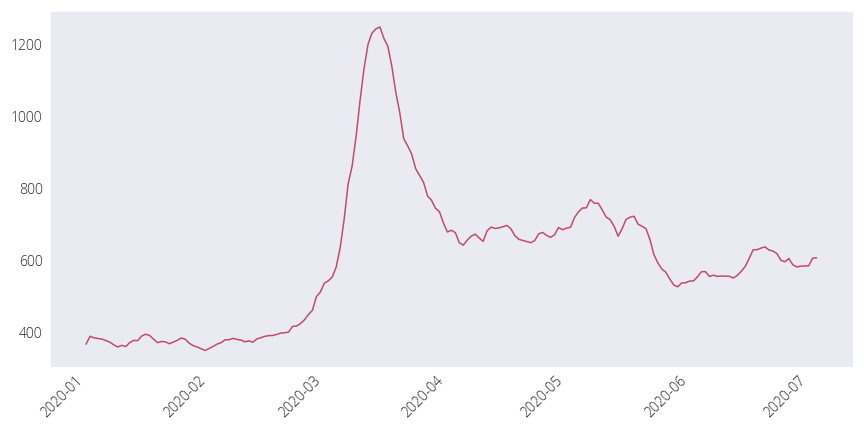
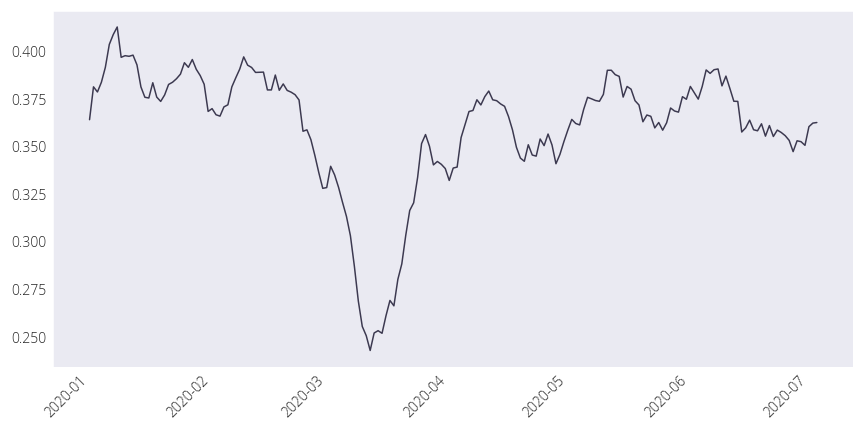
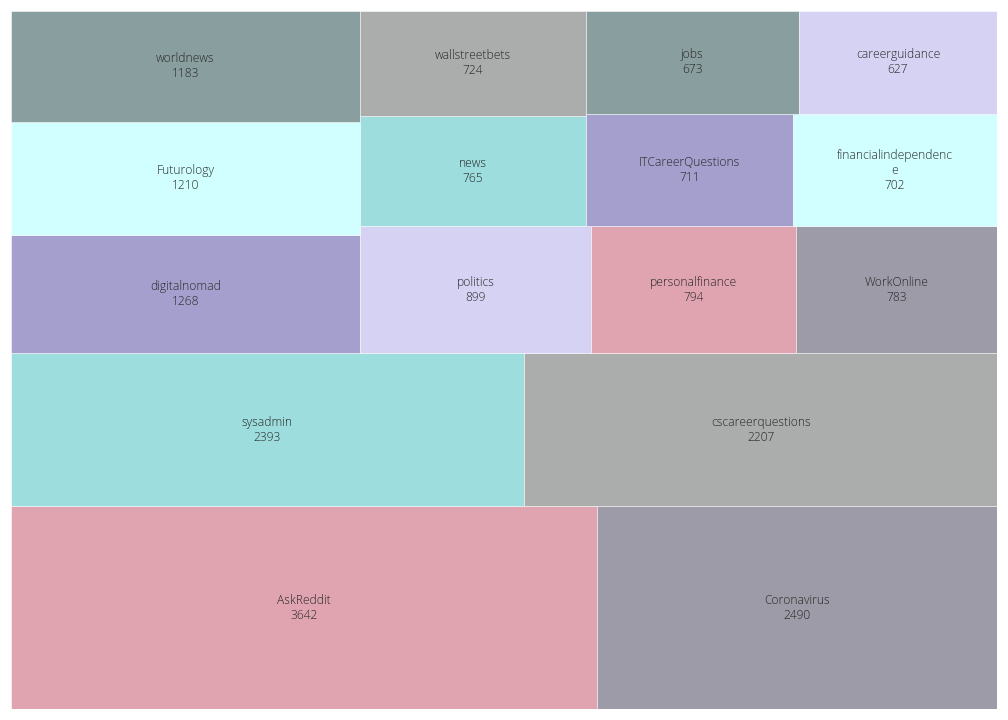
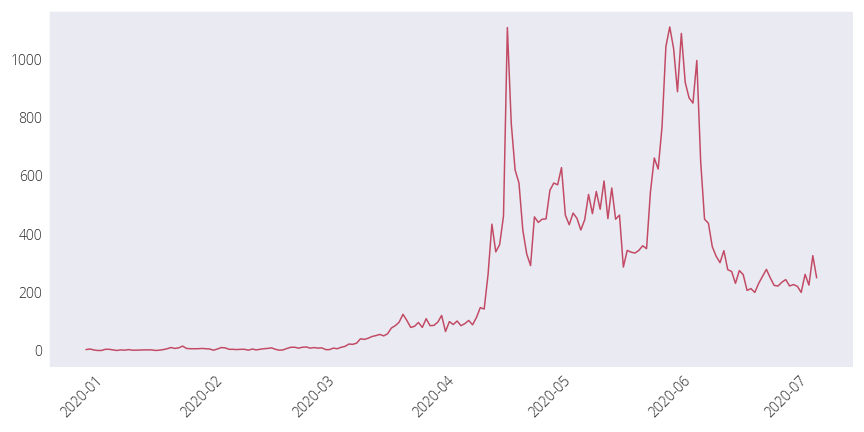
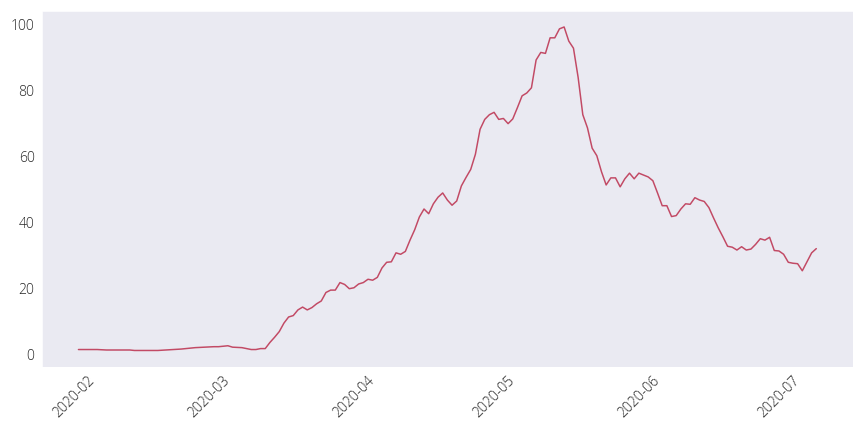
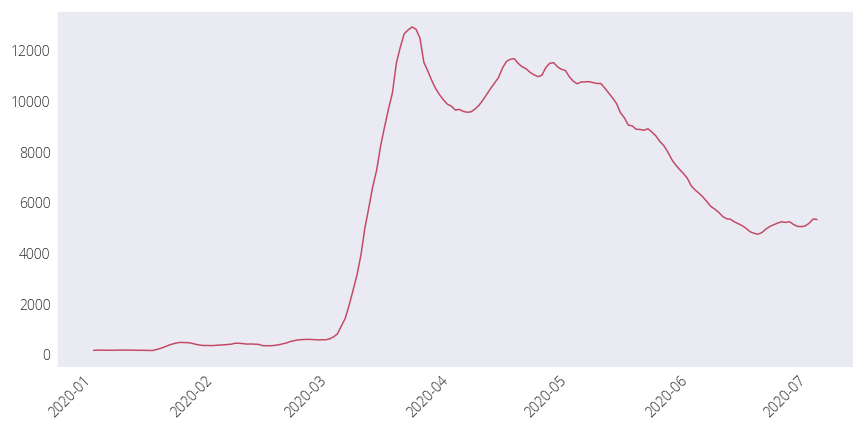
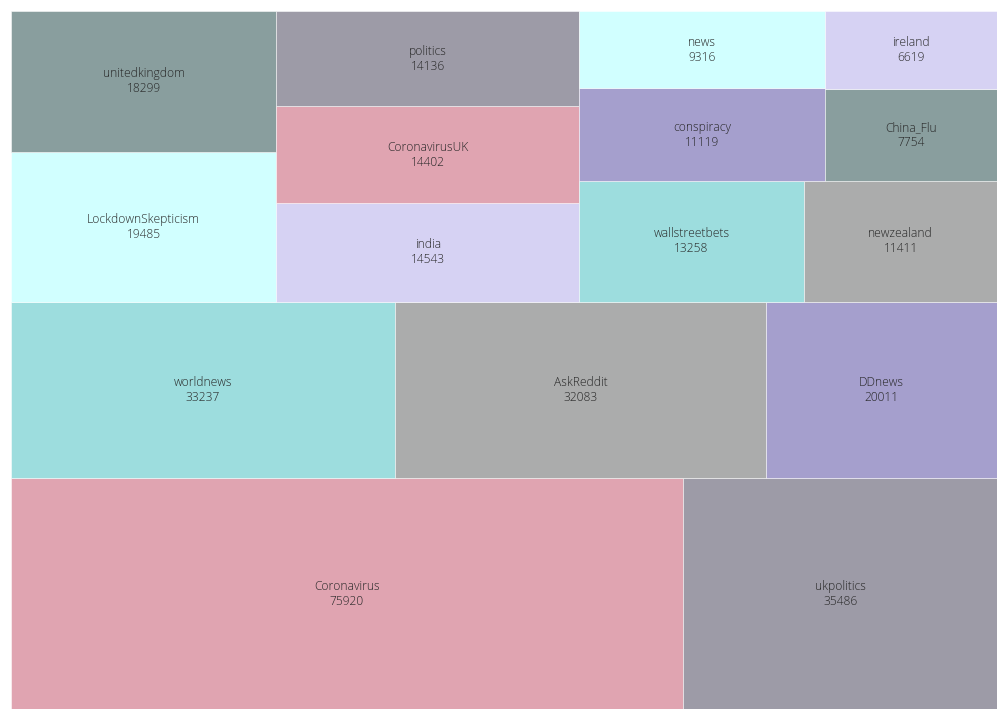
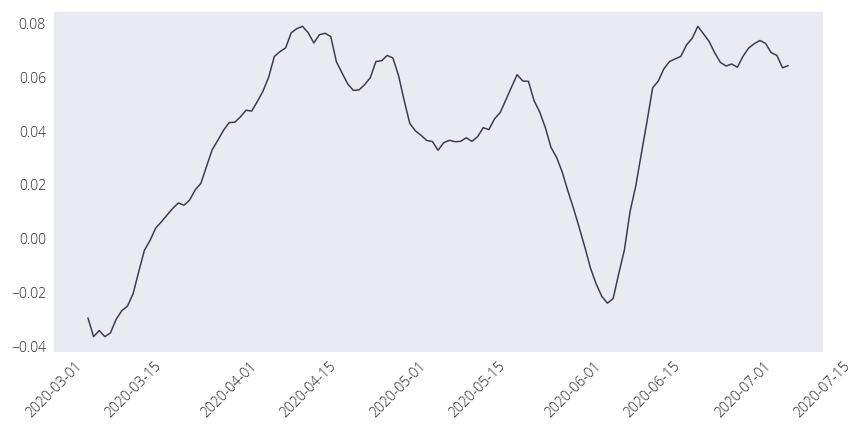
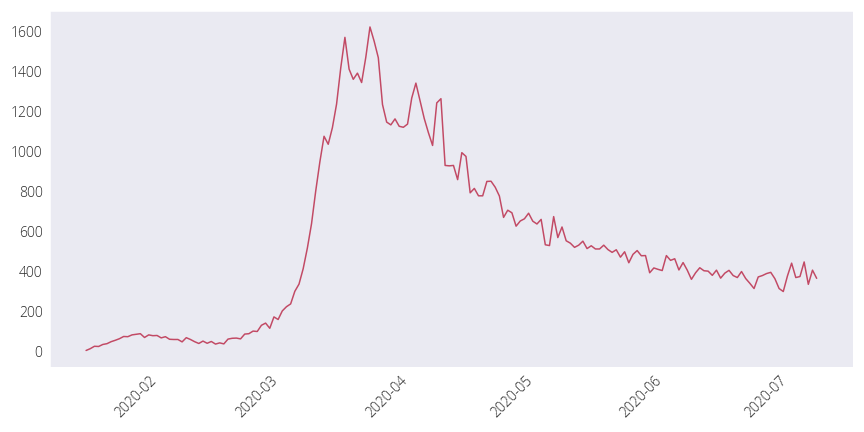
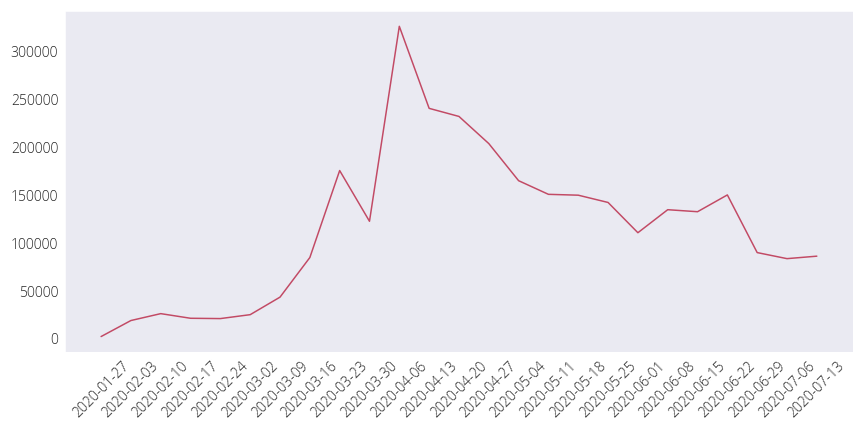
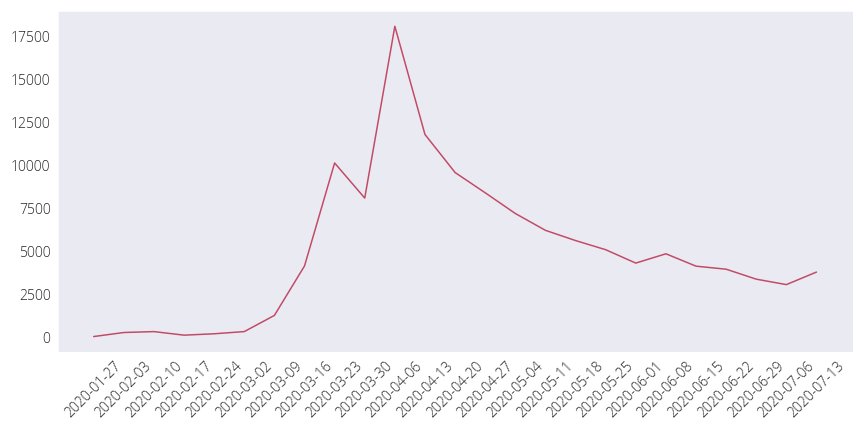
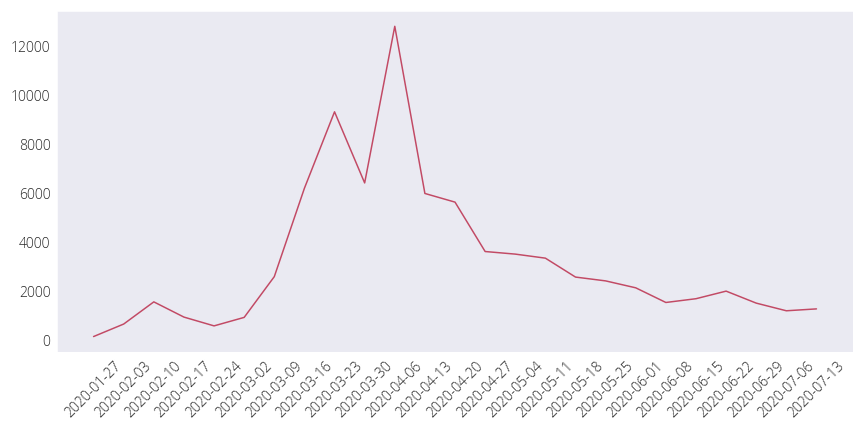

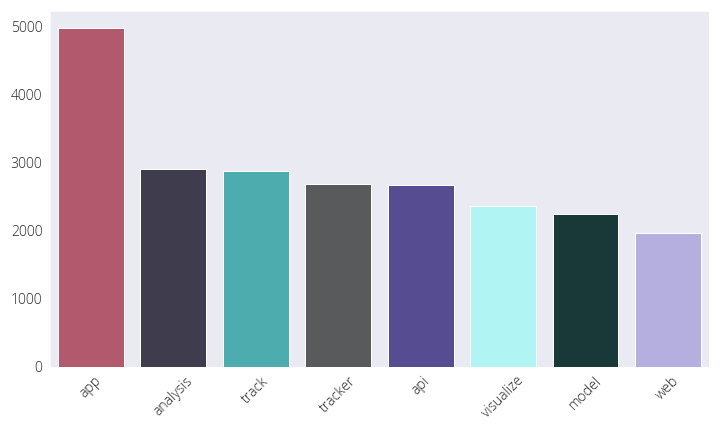
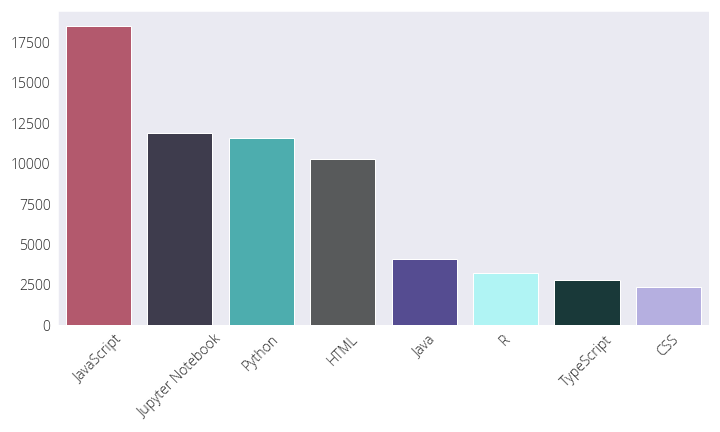
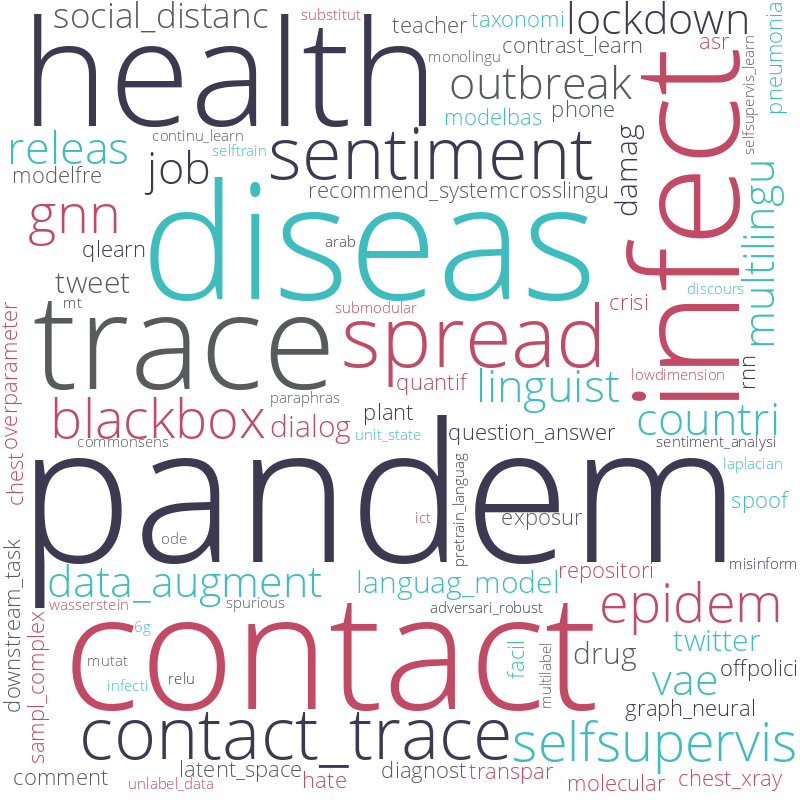
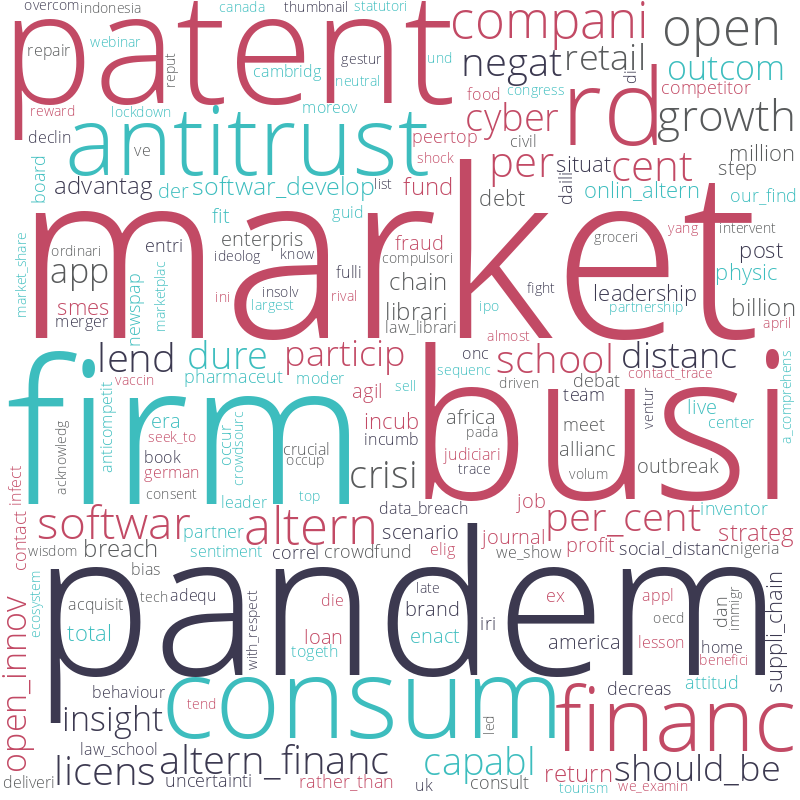
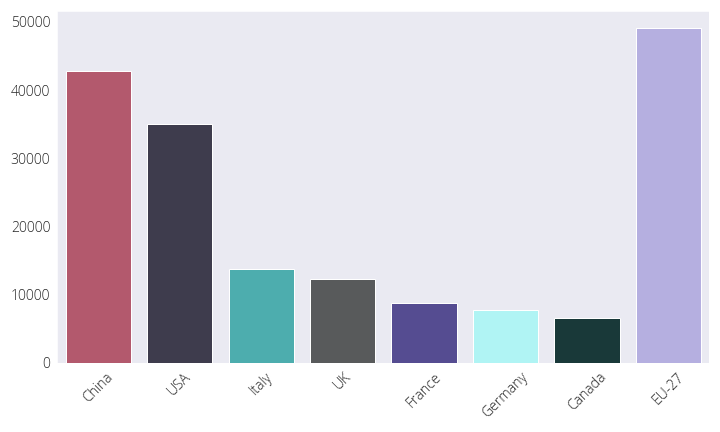
■ Social media
Due to the popularity of Reddit among tech enthusiasts across the world, Reddit data can be used to track the dynamics of dicussions. Based on posts and comments, we examined the trend of various keywords related to COVID-19: masks, mental health, labour market, remote work apps, contact tracing, and lockdown.